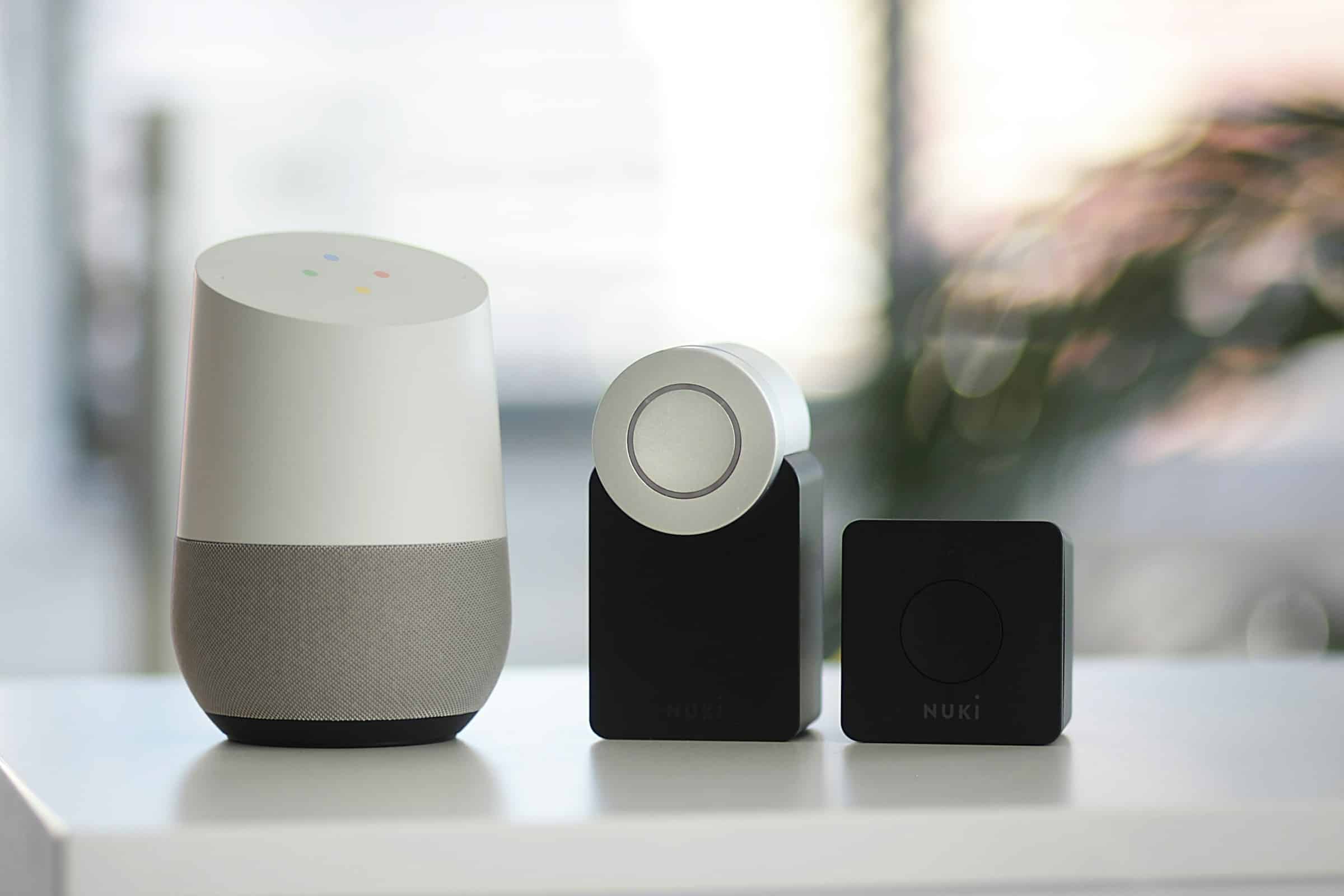What are the best methods for setting up a smart home hub using a Raspberry Pi and OpenHAB?

In the age of home automation, creating a centralized system to control all your smart devices has never been easier. Raspberry Pi and OpenHAB are two powerful tools that can help you build a comprehensive smart home hub with minimal investment. This article will guide you through the best methods for setting up a smart home using these technologies, ensuring you have a reliable and efficient system.
Why Choose Raspberry Pi and OpenHAB for Your Smart Home Hub?
Raspberry Pi is a single board computer that offers versatility and affordability, making it an ideal choice for home automation. Meanwhile, OpenHAB (Open Home Automation Bus) is an open source automation platform built to integrate a range of smart devices into a cohesive system. When combined, these technologies can provide you with unparalleled control and flexibility over your home automation system.
Cela peut vous intéresser : What are the best practices for setting up a noise-free home office using a Logitech MX Master 3 mouse and keyboard?
Using a Raspberry Pi allows you to experiment without significant financial risk, and OpenHAB provides a customizable interface to manage your smart home devices. These tools are perfect for tech enthusiasts and DIY homeowners who want a tailored smart home experience.
Selecting and Preparing Your Hardware
Before diving into the software setup, it's essential to gather and prepare the necessary hardware:
A lire en complément : Elevate your aerial intelligence with innovative drone solutions
Choosing the Right Raspberry Pi Model
For a smart home hub, the Raspberry Pi 4 is an excellent choice. Its superior processing power and memory make it well-suited for handling multiple devices and complex automation tasks. However, earlier models like the Raspberry Pi 3B+ can also suffice for simpler setups.
Additional Hardware Components
In addition to the Raspberry Pi, you’ll need a few more items:
- MicroSD Card (at least 16GB) for the operating system and software.
- Power Supply compatible with your Raspberry Pi model.
- Network Connection via Ethernet or Wi-Fi.
- Cooling solutions like heat sinks or a fan to prevent overheating.
- Case to protect your Raspberry Pi.
- Optional: Peripherals (keyboard, mouse, monitor) for the initial setup.
After gathering these components, proceed to prepare your MicroSD card.
Preparing the MicroSD Card
- Download the OpenHABian image from the official OpenHAB website.
- Use a tool like Balena Etcher to flash the OpenHABian image onto the MicroSD card.
- Insert the MicroSD card into your Raspberry Pi, connect your peripherals, and power it up.
Setting Up OpenHAB on Raspberry Pi
With the hardware ready, it’s time to focus on the software setup. OpenHABian simplifies the process by providing a pre-configured image for OpenHAB installation.
Initial Configuration
- Boot up your Raspberry Pi with the OpenHABian image.
- Follow the on-screen instructions to complete the initial setup, which includes network configuration and updating the system.
Installing and Configuring OpenHAB
Upon completing the initial setup, you can further configure OpenHAB by accessing its dashboard through your web browser:
- Open a browser and navigate to
http://openhab:8080. - Follow the guided setup to configure regional settings, language, etc.
Installing Add-Ons and Integrations
OpenHAB supports a wide range of add-ons to extend its capabilities and integrate various devices. To install add-ons:
- Navigate to the Add-ons section in the OpenHAB dashboard.
- Browse and install the necessary bindings for your devices (e.g., Zigbee, Z-Wave, MQTT).
- Configure the bindings to connect your smart devices.
Setting Up MQTT Broker
For advanced device control, setting up an MQTT broker is highly recommended:
- Install the Mosquitto MQTT Broker via terminal:
sudo apt install mosquitto mosquitto-clients - Configure Mosquitto to start on boot:
sudo systemctl enable mosquitto
With the MQTT broker running, you can now integrate various MQTT-compatible devices.
Creating and Managing Your Smart Home System
After setting up OpenHAB, it’s time to start connecting and managing your smart home devices.
Adding and Configuring Devices
To add devices:
- Navigate to the Things section in the OpenHAB dashboard.
- Use the Inbox to search for and add new devices.
- Configure each device by editing its properties and linking it to the appropriate channels.
Automating Your Home
Automation rules are the cornerstone of any smart home system. Use the Rules engine in OpenHAB to create logical rules that automate device behavior:
- Go to the Rules section.
- Create a new rule and define the triggers (e.g., time of day, device state).
- Specify actions to be taken when the rule is triggered (e.g., turn on lights, adjust thermostat).
Monitoring and Controlling Devices
The OpenHAB dashboard provides a centralized interface to monitor and control all connected devices:
- Use the Control section to interact with devices in real-time.
- Monitor device status and performance metrics from the dashboard.
For remote access, consider setting up MyOpenHAB, a cloud service that allows you to control your smart home from anywhere.
Advanced Tips and Best Practices
To get the most out of your Raspberry Pi and OpenHAB setup, consider these advanced tips and best practices:
Optimizing Performance
Regular maintenance can keep your system running smoothly:
- Update OpenHAB and Raspberry Pi OS regularly using
sudo apt updateandsudo apt upgrade. - Monitor system performance and manage resources efficiently.
Enhancing Security
Ensure your home automation system is secure by:
- Changing default passwords and using strong, unique passwords.
- Enabling firewall and security protocols.
- Regularly backing up your configuration and data files.
Expanding Your Device Ecosystem
Continuously explore new devices and technologies to integrate into your smart home:
- Research and invest in compatible smart devices.
- Experiment with new add-ons and integrations.
Leveraging Community Support
Engage with the OpenHAB and Raspberry Pi communities on platforms like Twitter, GitHub, and forums for troubleshooting, inspiration, and support.
Setting up a smart home hub using a Raspberry Pi and OpenHAB is an empowering project that can transform the way you interact with your home. By following the methods outlined in this article, you will create a robust and flexible home automation system capable of managing a wide array of smart devices. Whether you are a tech enthusiast or a homeowner looking to simplify your daily routines, this setup offers you the tools and resources to build a customized and efficient smart home.
